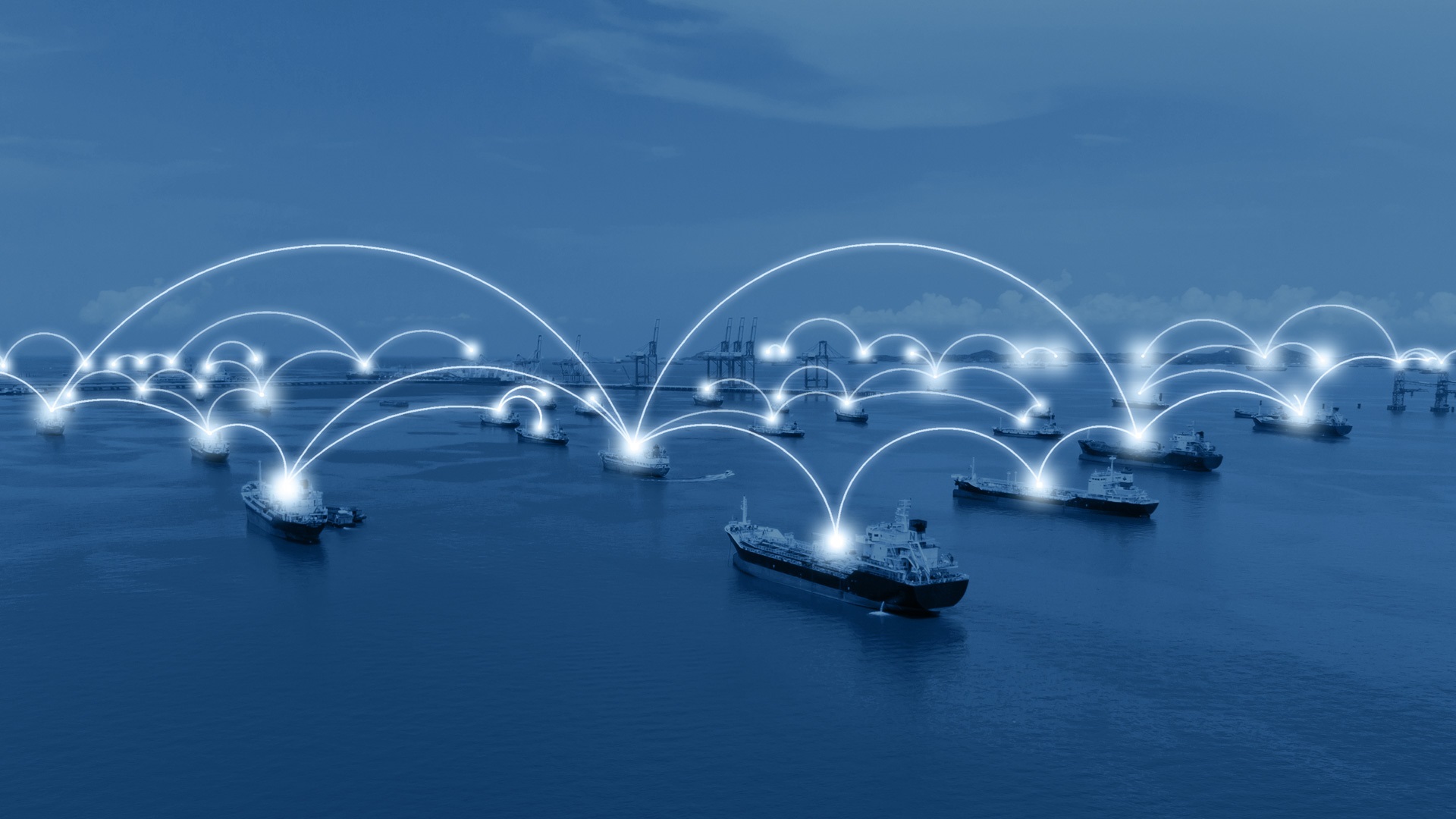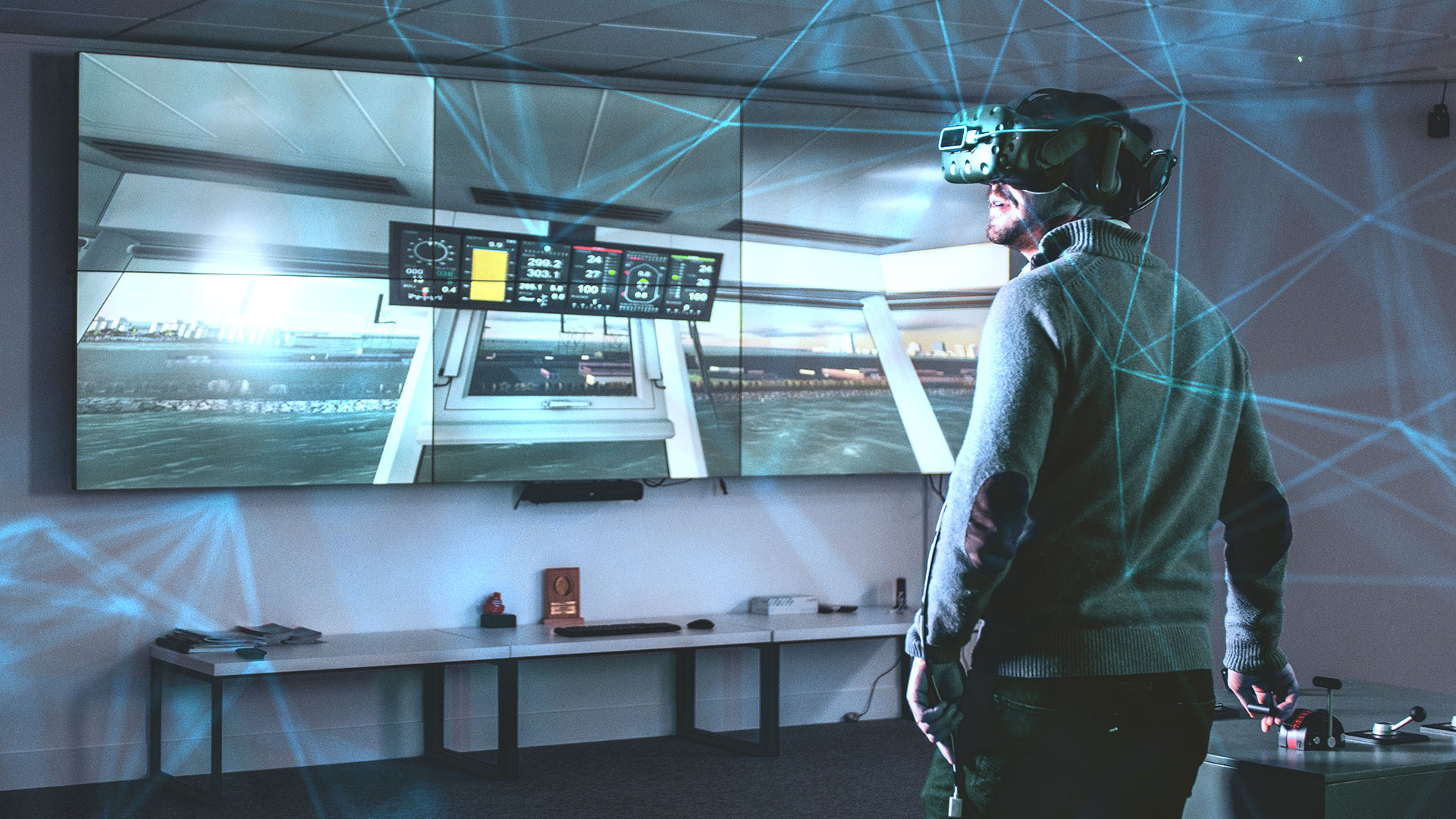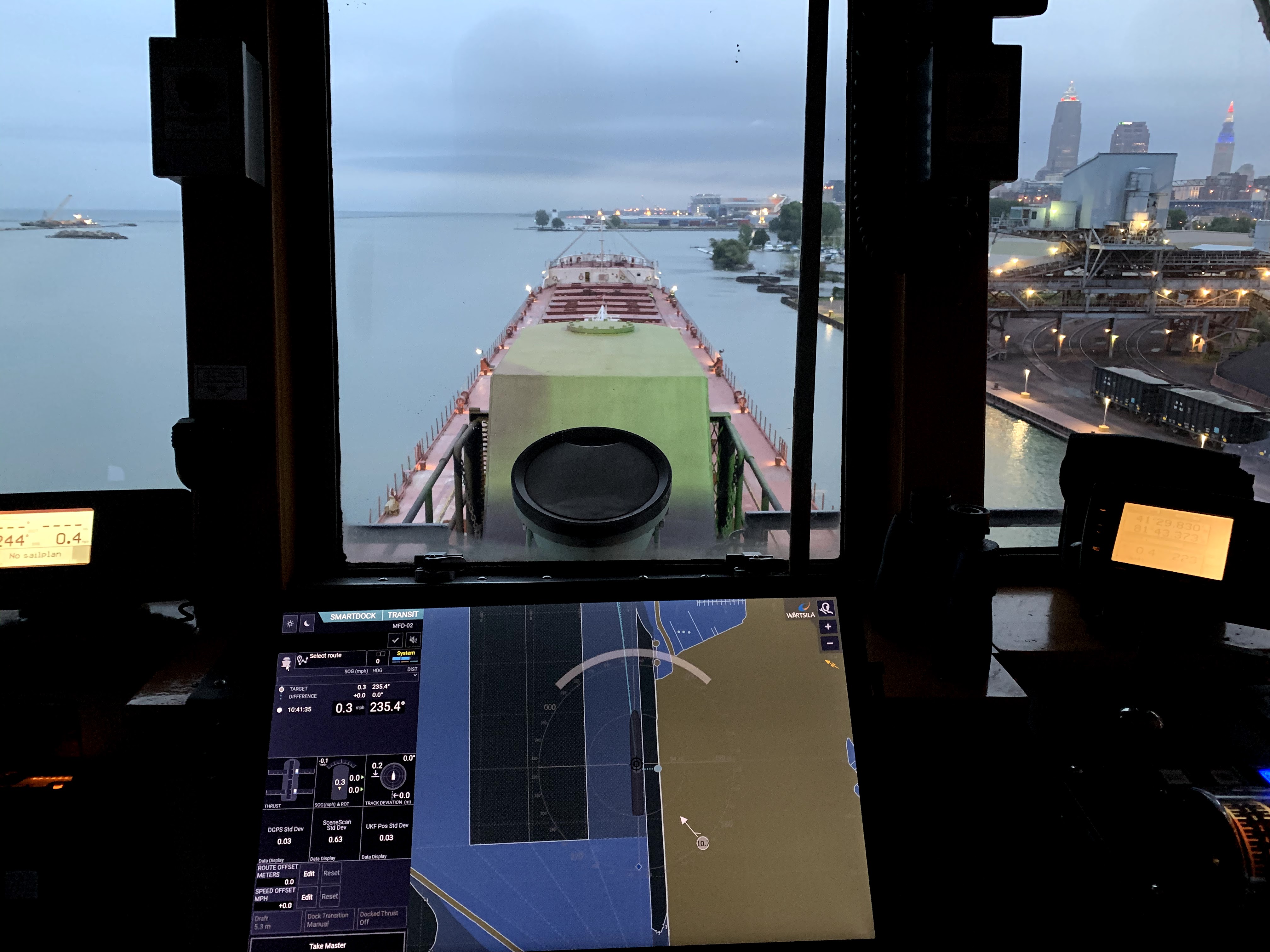

The world did not entirely bounce back to pre-pandemic mode in 2021. But compared to the previous year, when populations and economies adopted the foetal position in response to Covid-19, there has been a sense of stability. For shipping, as for many other areas of modern life, it felt like the beginning of a new normal. A new variant of concern, that has emerged recently, is certainly troubling; however, sight of the light at the end of the tunnel hasn’t been lost.
Two snapshots define the major trends of the maritime year. In November, the COP26 climate conference offered some hope of progress in decarbonisation (although the subsequent meeting of IMO’s Marine Environment Protection Committee failed to advance a regulatory framework for maritime emissions reduction). And in June, images of ultra-large container vessel Ever Given wedged across the Suez Canal came to symbolise global supply chain issues that have only deepened in the second half of the year, with the infamous gridlock at L.A. when dozens of ships were idling off the California coast.
As the challenges of decarbonisation and supply chain resilience gained momentum in 2021, so did the technological trends needed to tackle them. According to Pierre Guillemin, Vice President Technology, Wärtsilä Voyage, chief among these are the growing acceptance of remote connectivity and a wider uptake of digital solutions.

“Over the past two years, remote meetings became taken for granted,” he says. “While being physically isolated, industry members had their expectations growing regarding vessel data with an increased realisation of how all maritime sectors can benefit from streamlining it.”
This realisation has been driven by new needs and capabilities. On the capability side, what Guillemin calls the democratisation of connectivity; increasing access to cheaper, higher bandwidth internet communications because of new low- and medium-earth orbit satellites. This improvement will continue in the next few years and will directly impact another important trend – the growing visibility stakeholders have on both vessel and ecosystem level.
Improving visibility
“To transform any part of an operation, you first need visibility into what is going on and take insightful actions at a later stage,” he says. “Everyone can see vessels waiting in the vicinity of large ports. So it starts with seeing the status of your fleets and how it connects or possibly impacts your business model. For commercial shipping, you want to reduce the waiting time.”
This year, Wärtsilä Voyage brought that capability closer to reality with the first digitally controlled port arrival. On June 25, Hapag Lloyd container ship Kobe Express, managed by Anglo Eastern Ship Management, docked on-time at Tanger Med Port through digital communication with the port for several days in advance giving opportunities to optimise the ecosystem.
Wärtsilä’s Navi-Port middleware in Tanger connected with the Fleet Operations Solution (FOS) integrated bridge system onboard the vessel, enabling the required time of arrival to be exchanged and updated digitally. This allows a ship’s speed to be adjusted for a Just-in-Time (JiT) arrival, saving fuel and costly waiting time at anchor. It is a critical step forward at a time when the world is looking for solutions to a severe challenge to traditional logistics networks, says Guillemin.
You just have to look at a newspaper to see containers stacked up in Long Beach, or read about the huge waiting times at ports. Everyone is beginning to realise the importance of the commercial marine to the supply chain.
- Pierre Guillemin, Vice President Technology, Wärtsilä Voyage
Just-in-time arrivals and the digital port call are good examples of how enhanced visibility into ship operations can deliver valuable insights leading to operational improvements. These insights are the base from which further steps can be taken in the digitalisation of shipping.
Autonomous add-ons
Another example is in the area of vessel autonomy. In early 2021, Wärtsilä Voyage launched the SmartMove Suite, a set of intelligent navigation tools that deliver autonomy in a modular package around three areas: situational awareness, decision-making support, and vessel control. The idea is that ship operators can adopt the elements of autonomy that best suit their requirements rather than having to take huge leaps into previously uncharted autonomous operations.
One early pilot project for SmartMove, aboard the American Steamship Company-Rand lake bulker American Courage, highlighted that modularity clearly. The vessel now performs automated transits shuttling iron ore from a river terminal to a steel mill, as well as automated docking at both terminals. The windy and treacherous five-mile stretch of the River Cuyahoga in Cleveland was a perfect testing ground for the autonomous control and situational awareness tools of SmartMove.

“SmartMove is a very pragmatic approach to how you drive AI and intelligence into your offering,” says Guillemin. “How do you help the decision makers on the vessels to perform the best possible operation? To do that we have to appreciate which operations you want you to focus on and what technology can operate best within these given boundaries.”
SmartMove highlight the importance of connectivity between Wärtsilä Voyage’s own systems, which will continue to be a focus heading into 2022, says Guillemin. So too will external partnerships, such as the one struck with Ocean Technologies Group (OTG) to deliver training through their cloud platform. Wärtsilä and OTG cooperate to provide a single end-to-end learning journey combining on-demand digital training and assessment, virtual and simulation events and in-person learning experiences at maritime training centres or aboard ship.
Seeking collaboration
“We have been leading the maritime Internet of Things space for over a decade, especially in specific markets like cruise,” says Guillemin. “Now we want to partner to fulfil and scale an operating model that is changing. Partnership can be within the industry, but also outside. Take our recently announced partnership with Microsoft. By entering it, we aim to reinforce the synergies within our end-to-end digital services portfolio, enabling faster deployment and easier maintenance of all Wärtsilä Voyage technologies and software.”
It is a good perspective from which to look ahead to the coming year. After a period of rapid advances driven by clear market needs – supply chain resilience and decarbonisation as well as clear technology advances (in AI and connectivity in particular), where will the next advances emerge from? For Guillemin, it is all about collaboration.
“Our intent is to have whoever is part of this maritime ecosystem to do a better job. To do that, the more accurate insights you have on your operations, the better.”
We now have a wide maritime market waking up to digitalisation and it is a huge opportunity to improve collaboration. This will be really important in developing the next generation of digital maritime technologies.
- Pierre Guillemin, Vice President Technology, Wärtsilä Voyage
Related solutions
Did you like this? Subscribe to Insights updates!
Once every six weeks, you will get the top picks – the latest and the greatest pieces – from this Insights channel by email.




